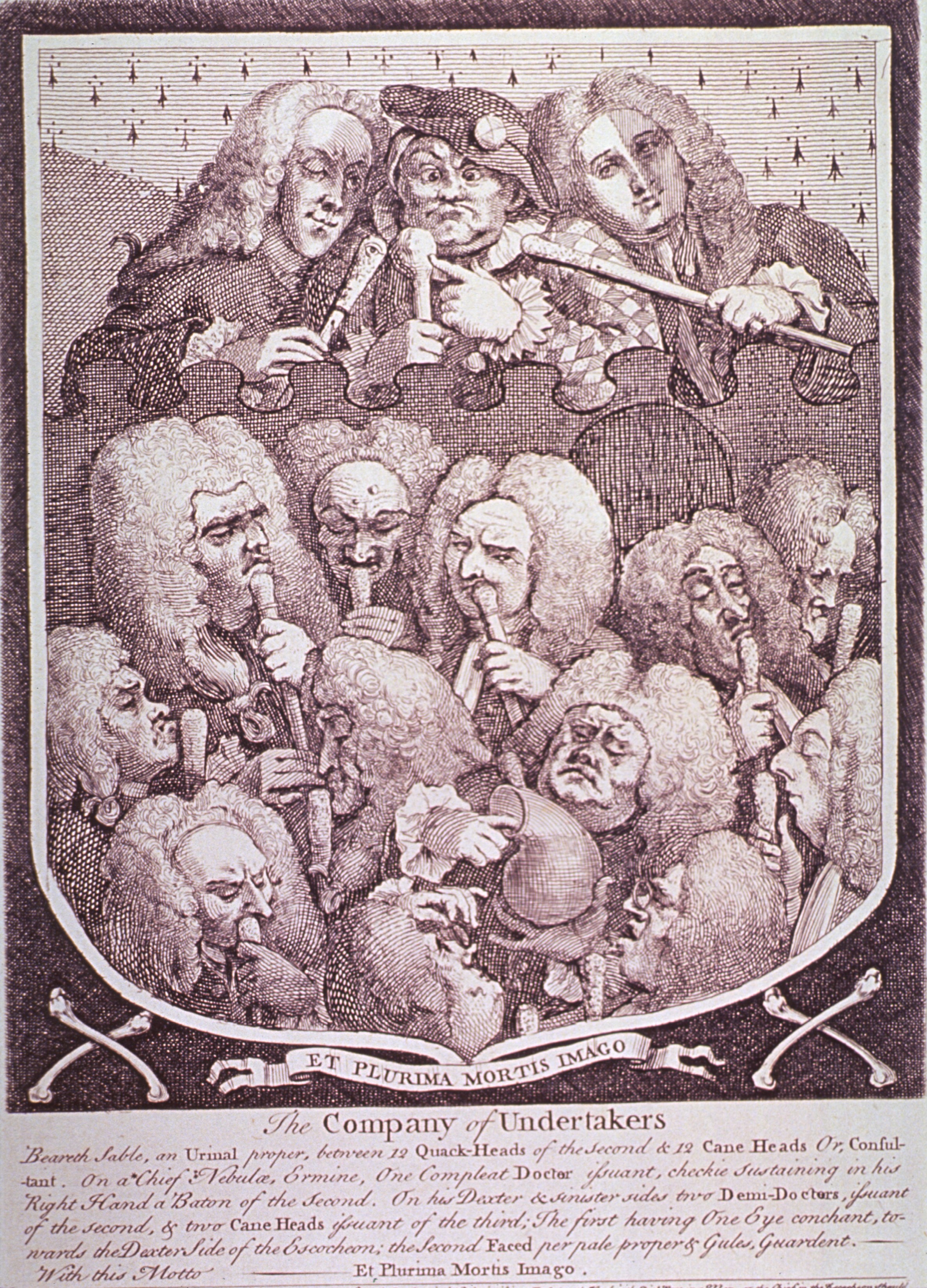In Molière's famous comic drama, Le Malade Imaginaire, written in 1673, the character Beralde ruefully observes that "medicine is only for those who are fit enough to survive the treatment as well as the illness." Seventeenth century medical therapeutics were indeed harsh, with bleedings, purgings, and enemas liberally applied to suffering patients to correct the humoral imbalance thought to be the cause of disease or illness. Molière's biting critique of the medical profession of his day, however, concerned not so much the treatments physicians used (although his own personal experience of physicians had left him disinclined to seek their advice). Rather, Molière took aim at the blind deference to social etiquette that dictated the use of medical procedures despite the obvious harm this approach may have caused to the patient. In the 17th century, medicine practiced in the royal court was often imitated by less socially prominent physicians seeking to climb the social ladder. "Better to die according to the rules, than to escape [death] against the rules," states Macroton in another of Molière's plays (L'Amour Medicine, 1665) that ridiculed the medical profession. Better for whom? The physician of course, whose adherence to the rules and social etiquette assures him of professional advantage at the expense of health (and life) of the patient.
Figure. "The Company of Undertakers" by William Hogarth in 1737

In the 18th eighteenth century, some of the most notable satirical portrayals of the medical profession came in the form of artistic renderings. William Hogarth skewered the profession, mockingly portraying physicians in "The Company of Undertakers" in 1737. The painting, framed with a black sash signifying a recent death, shows twelve portly physicians deep in thought, studying a flask of urine. Presiding over the consultation are three figures who turn out to be "Crazy Sally" Mapp (center), a well-known bonesetter, and two notorious quacks of the day, Joshua "Spot" Ward (left) and "Chevalier" John Taylor (right). By lumping professional physicians with the quacks and the bonesetter, Hogarth challenges the presumptions and pretensions that set the professionals and the quacks apart. Physicians in the 18th century were distinguished by their walking canes and stylish wigs—an appearance clearly appropriated by the quacks in the portrait. It is also not clear that any sort of superior education or training sets the professionals apart from the quacks—indeed in the eighteenth century, quack therapeutics were often less harmful to patients than professional therapeutics. The observer is left to conclude that consultation with either group will result in a request for the undertaker's services.
Although the 19th century brought about better education and more effective therapeutic techniques, these changes did not render the medical profession immune from the satirists' barbs. Other factors came into play that challenged the profession's commitment to the patient's interests well into the 20th century. A recent television commercial for example, portrays an emergency room filled with medical professionals, motionless with eyes fixed on a cash register, springing into action to restart the patient's heart only after his credit card has registered "approved." Clearly an eye toward the financial bottom line weighs heavily in 21st century patient care.
Throughout the centuries, satirical portrayals of the medical profession have parodied the profession's adherence to social rules of etiquette for personal advancement, the display of false knowledge in the guise of professional training, or the quest for profit in the marketplace. Regardless the of the theme however, satirical portrayals of the medical profession reiterate one common belief held by audiences everywhere: that physicians are obligated to seek the best interests of their patients and any other pursuit is a mockery of the profession.



